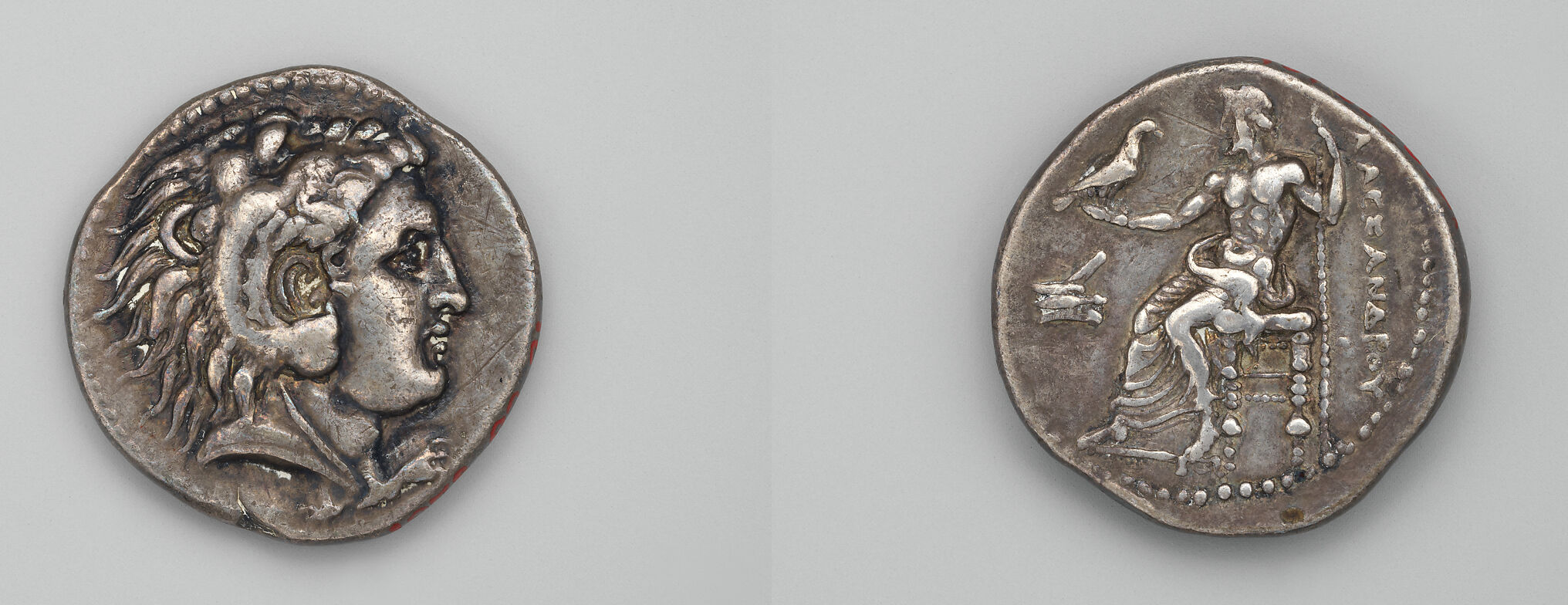Alexander the Great’s Tetradrachm and the Battle of Issus

In July 333 BCE, Alexander defeated Darius III at Issus—an event confirmed not just by texts, but by silver tetradrachms minted soon after.
What the Coin Reveals
- Iconography: Heracles in lion skin (Alexander) on the obverse, Zeus enthroned on the reverse—asserting divine favor.
- Geographic Proof: Coins were minted from Asia Minor to Babylon, marking newly integrated Hellenistic economies.
Conspiracy Theory
Could the image of Heracles be posthumous propaganda? Some suspect it was used to elevate Alexander’s godlike status—and perhaps cover the cause of his mysterious death.
Legacy
These coins confirmed not just where Alexander ruled—but how he ruled: with symbolism, divinity, and strategy embedded in silver.
